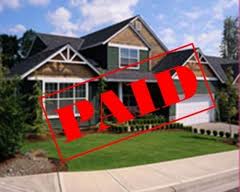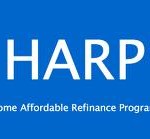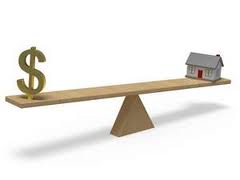MN, WI, IA, ND, SD Homeowners Urged To Switch To A 15-Year Fixed Mortgage
If you still owe on your MN, WI, or SD home, you really need to consider switching to a 15-year fixed. Here at Cambria Mortgage, many of our Loan Officers, including myself **, have made the switch to 15-year mortgages because we’re obsessed with getting the right mortgage and we know all the advantages 15-year mortgages provide.
Using a sample $200,000 home loan, homeowners with a 15-year mortgage can save over $113,000* over the life of their loan. We also help homeowners lock in historically low rates that will never rise. At Cambria Mortgage, it’s all about helping homeowners find a mortgage they can be confident in, and what better mortgage to offer than the one our own Loan Officers, including myself have.
Get A Mortgage Review Today And See How Much You Can Save With A 15-Year Fixed
15-Year Mortgages Help Homeowners Pay Off Their Homes In As Little As Half The Time And Save Up To $113,000 OR MORE In Interest Payments *
The reason for this is pretty simple. To pay off your house, you have to pay off the principal. In a 30-year mortgage your first 10 years of payments go mostly towards paying interest on the loan – meaning for 10 years you aren’t making a lot of headway towards paying down the principal. In a 15-year mortgage you attack the principal you owe on your home and depending on what your current 30-year mortgage rate is you could actually do so for about the same monthly payment. Think about that, homeowners who switch to 15-year mortgages:
1) chop up to 15 years off their mortgages,
2) save up to $113,000* OR MORE in interest payments, and
3) may be able to do so while keeping their monthly mortgage payments pretty much the same, depending on your current loan and interest rate
How To Switch To A 15-Year Fixed?
It is easy. Start by completing an online application, or call our mortgage experts at (651) 552-3681. We’ve streamlined the refinance process and our team of fully licensed Loan Officers can tell you how much you can save by switching to a 15-year fixed. It only takes about five minutes to use the easy online form to get connected to mortgage experts, and our radically simple mortgage experience can help you see very quickly if you’re in the right mortgage or not. It can’t hurt to look. Rates for 15-year fixed mortgages could be on the rise soon so now is the time to check your eligibility.
Probably because the 15-year payment will be a bit higher than your 30-year payment. While true, most people can easily afford it, and take advantage of the huge savings. We also think it’s probably because homeowners don’t realize the crazy amount they pay in interest payments to have a 30-year mortgage. If homeowners knew they’d have to pay up to an extra $113,000* in interest payments to have a 30-year mortgage instead of a 15-year, we’re guessing most homeowners would make the switch. What we do know for sure is that Cambria Mortgage delivers a simpler mortgage experience, and that we can quickly help homeowners calculate how much they could save by switching to a 15-year fixed.

Start your savings today!
* Savings based on sample $200,000 loan between current 30-yr rates at 4.00% versus 15-yr rates at 3.25%.
Your savings may be much greater or smaller depending on your loan size. Not an offer to enter into an interest rate lock agreement per MN Statute. Not everyone will qualify. Rates subject to qualifications, and can change daily. A full application is required to lock a rate. Equal Housing Lender. NMLS 274132. ** Joe Metzler

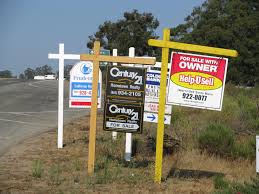
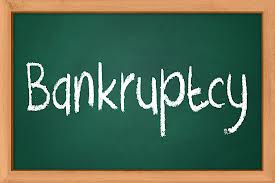



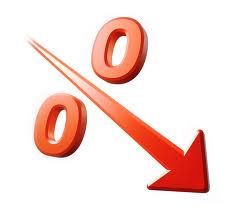
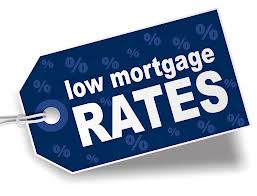 Minneapolis, MN: Freddie Mac yesterday released the results of its Primary Mortgage Market Survey® (PMMS®), showing fixed mortgage rates moving higher following December’s employment report. The 30-year fixed averaged 3.40 percent, its highest reading in eight weeks. The all-time record low for the average 30-year fixed was 3.31 percent set November 21, 2012.
Minneapolis, MN: Freddie Mac yesterday released the results of its Primary Mortgage Market Survey® (PMMS®), showing fixed mortgage rates moving higher following December’s employment report. The 30-year fixed averaged 3.40 percent, its highest reading in eight weeks. The all-time record low for the average 30-year fixed was 3.31 percent set November 21, 2012.